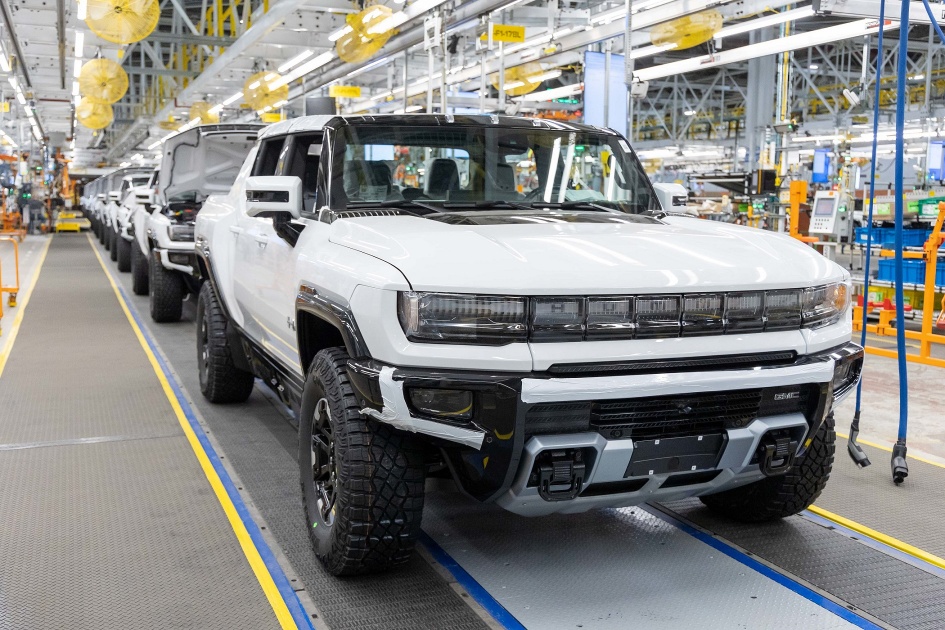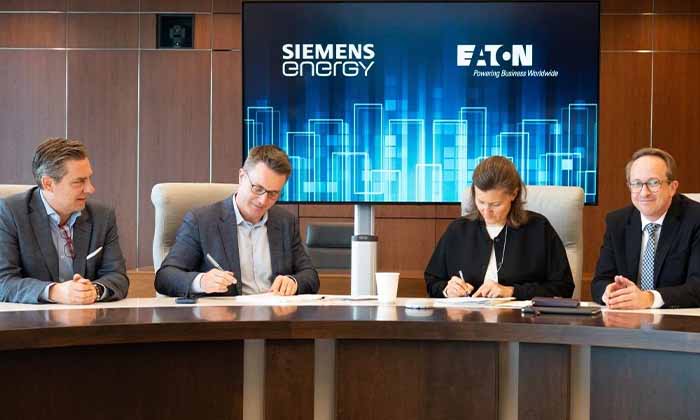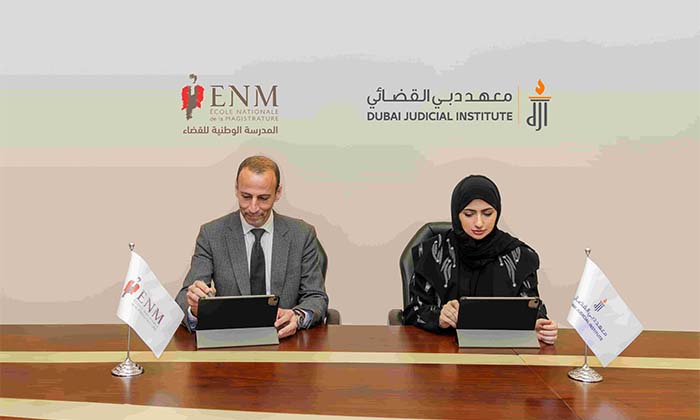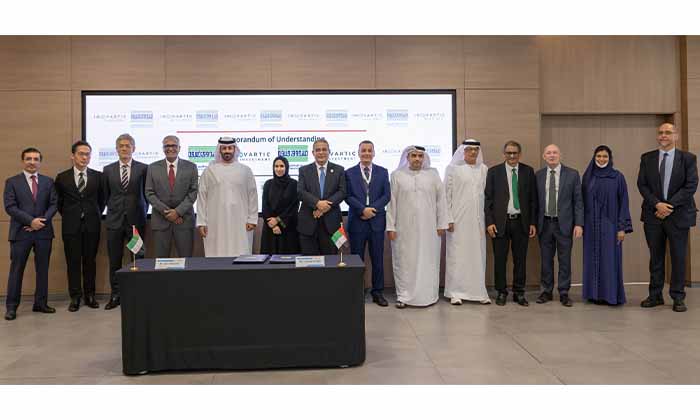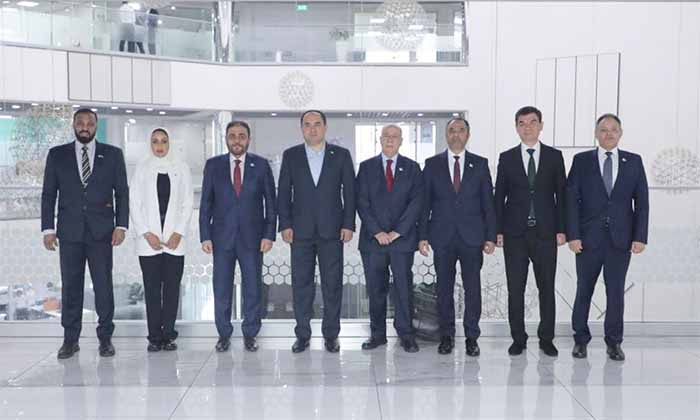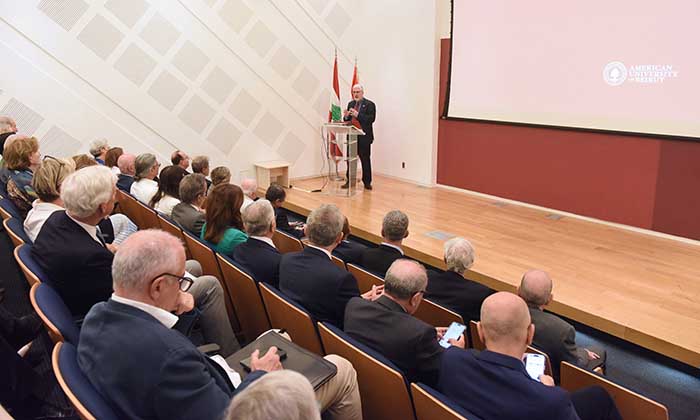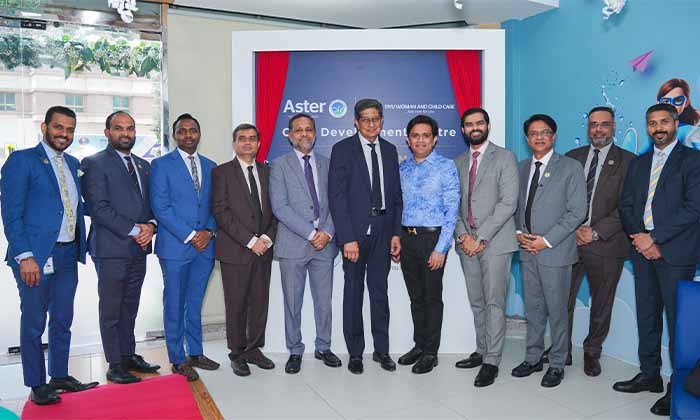General Motors marked a major milestone in its commitment to an all-electric future, as the President of the United States - Joe Biden, Mary Barra Chair and CEO at GM, Gerald Johnson, GM’s Executive Vice President of Global Manufacturing and Sustainability, wider GM leadership, plant employees and other officials, celebrated the grand opening of the Factory ZERO EV assembly plant.
Production is now set to begin at the former Detroit-Hamtramck assembly plant, less than two years after GM announced the massive $2.2 billion investment to fully renovate the facility to build a variety of all-electric trucks and SUVs.
“GM’s manufacturing expertise is key to achieving our all-electric future,” said GM Chair and CEO Mary Barra. “This is a monumental day for the entire GM team. We retooled Factory ZERO with the best, most advanced technology in the world to build the highest quality electric vehicles for our customers.
Factory ZERO will be home to the 2022 GMC HUMMER EV Pickup, 2024 GMC HUMMER EV SUV, Cadillac LYRIQ and the Cruise Origin, among other yet to be announced EVs. Of the vehicles to be produced at the plant, the Chevrolet Bolt EUV, HUMMER EV SUV and Cadillac LYRIQ EV will soon be making their appearance to the Middle Eastern region.
The new production process will feed one of two distinct strategic business pillars of GM Middle East – supplying the many EVs that will accelerate the regional future of mobility agenda across electrification, autonomy and connectivity, through a green circular economy.
“Regionally, the launch of Factory Zero strengthens our standing as a leader in the future of mobility. Majority of the nations in the Middle East are actively working to achieve their net zero plan, most of which tackle transport solutions. This is promising when we look at the future adoption of our EV and AV portfolio, which are now a step closer to being on Middle Eastern roads, following the large-scale production to take place at Factory Zero. In this vein, we can continue to extend efforts to bring national sustainability visions to life”, shared Luay Al Shurafa, President and Managing Director at General Motors Africa & Middle East.
The debut of the Ultium Platform at Factory ZERO
All Factory ZERO EVs will be built on GM’s Ultium Platform, the heart of the company’s EV product strategy. The Ultium Platform encompasses a common vehicle architecture and propulsion components like battery cells, modules, packs, drive units, EV motors and integrated power electronics, making it fundamental at plants where EVs are produced.
Through the Ultium Platform, GM will realize a strategic value chain shift across its network of vehicle assembly plants as the company is able to commonize and streamline machinery, tooling and assembly processes. This flexibility enables lower capital investments and greater efficiencies as additional assembly plant transformations occur. The platform is set to also feature across the EVs scheduled for arrival into the Middle East, as well as the autonomous GM backed Cruise, launching in partnership with Dubai’s Road Transportation Authority, in the form of a fleet of Cruise Origin self-driving vehicles, launching in Dubai from 2023, with plans to ramp up to 4000 vehicles by 2030.
Factory ZERO – a showcase of GM’s competitive advantage
GM retooled Factory ZERO for EV production for two-thirds of the capital required to build a greenfield plant, making the facility a model for future GM facility renovations. As the company continues its transition for an all-electric future, GM will avoid up to $15 billion in capital costs by 2030 through the renovation of existing manufacturing facilities versus ground-up construction. The figure grows from $20 billion to $30 billion at 100 percent transition of GM’s manufacturing facilities to support EV production. That capital can be redeployed more strategically for additional customer-facing products, services, and technologies.
Along with the capital advantages, GM’s commitment to renovating its existing network of manufacturing facilities during the EV transition also saves time. An accelerated launch and production start allow the company to get new, innovative EVs to customers sooner. Pre-production of the 2022 HUMMER EV pickups began at Factory ZERO in September and GMC HUMMER is on track to deliver the first vehicles to customers in the Middle East in 2022.
Using virtual tools and working in parallel with production engineering teams, GM cut the manufacturing launch time in half – from two years to less than one – creating a competitive advantage. By comparison, greenfield assembly plant planning and construction could take up to four years, from site selection to vehicle production.
GM estimates that 80 percent of the assembly process for an EV is the same as that for conventional vehicles. This is another driver of speed for GM. The company has refined and perfected its own standardized manufacturing processes over many decades, and will launch its expanding portfolio of EVs faster, with superior quality and a lower cost.
Factory ZERO’s greatest asset is its people
GM’s Factory ZERO team is backed by more than 90,000 industrial problem solvers on GM’s global manufacturing team, who have 1.4 million years of collective experience. They are managing an average of 11 major launches every year, both internal combustion engine and EV. As a result, GM can produce an EV in the same number of working hours it takes to build an ICE vehicle.
“Our people are GM’s true competitive advantage — an advantage you simply can’t buy or quickly build,” said Gerald Johnson, GM’s executive vice president of Global Manufacturing and Sustainability. “At Factory ZERO, we are building on that experience with the training that will deliver EV and AV launch success with safety, quality and speed while continuing to drive down cost per unit.”
Factory ZERO – a commitment to sustainability
As an EV assembly plant, Factory ZERO plays a direct role in GM’s commitment to eliminate tailpipe emissions from new light-duty vehicles by 2035 and become carbon neutral in its global products and operations by 2040. The company has already committed to invest $35 billion in electric and autonomous vehicles and plans to introduce more than 30 EV models globally by 2025. Factory ZERO serves as a real-world proof point for GM’s commitment to running its business in a sustainable manner.
Factory ZERO highlights include:
-
GM reused or recycled almost every material that came out of the facility during conversion, including crushed concrete from the old plant floor, which was repurposed for temporary roads around the facility.
-
Storm water will be recycled to reduce discharge costs and offset the cost of potable water.
-
Treated storm water will be used in cooling towers and the plant’s fire suppression system.
-
The site features a 30-kilowatt solar carport and 516-kW ground-mount photovoltaic solar array from DTE Energy.
-
Factory ZERO’s site has a 16.5-acre wildlife habitat that is home to monarchs, foxes and turkeys.
Through Factory ZERO, GM is showcasing its manufacturing leadership capability and readiness for what will be a fundamental shift in mobility as the company transitions to an all-electric future.
